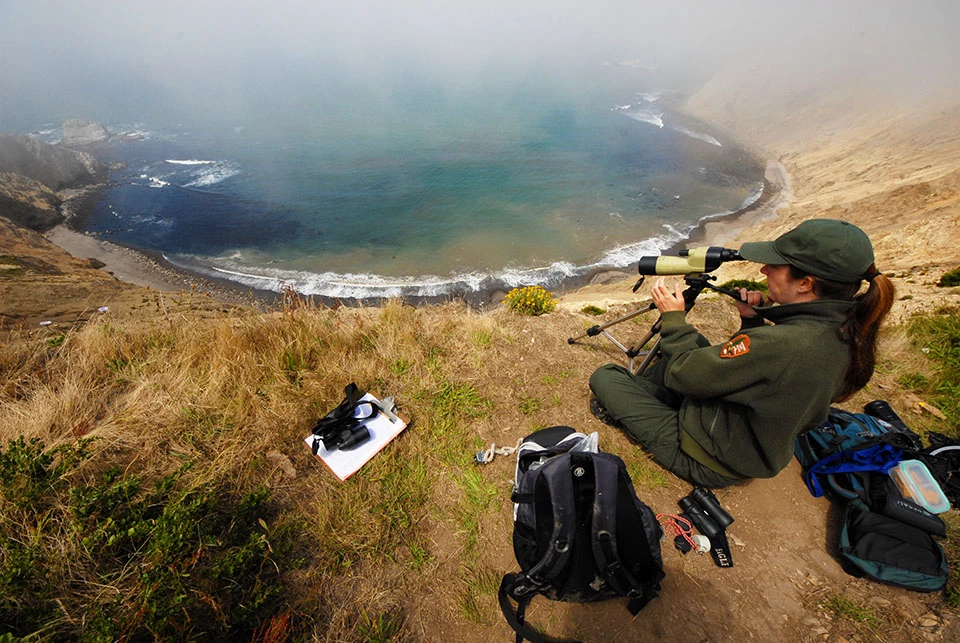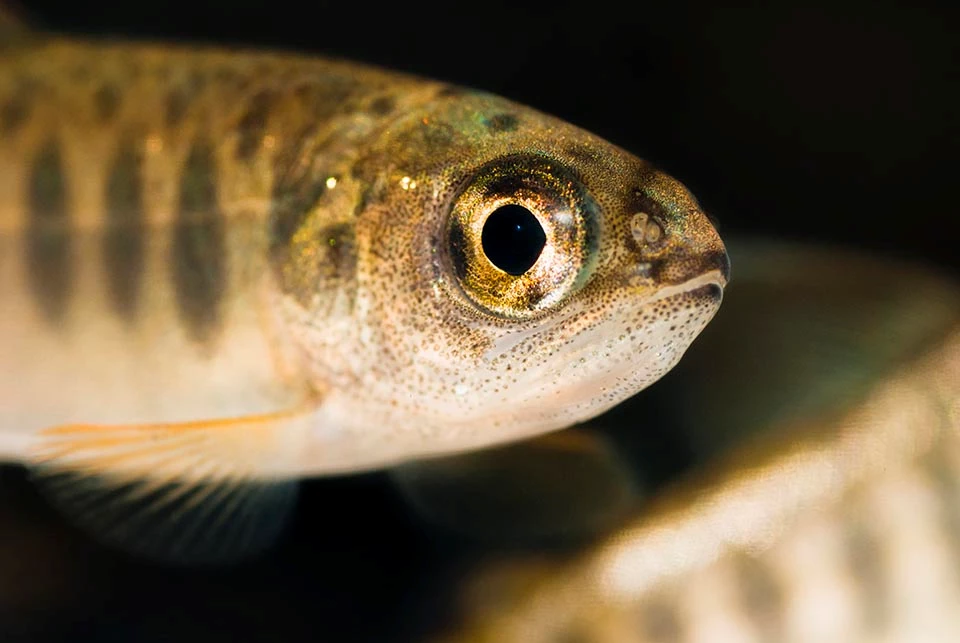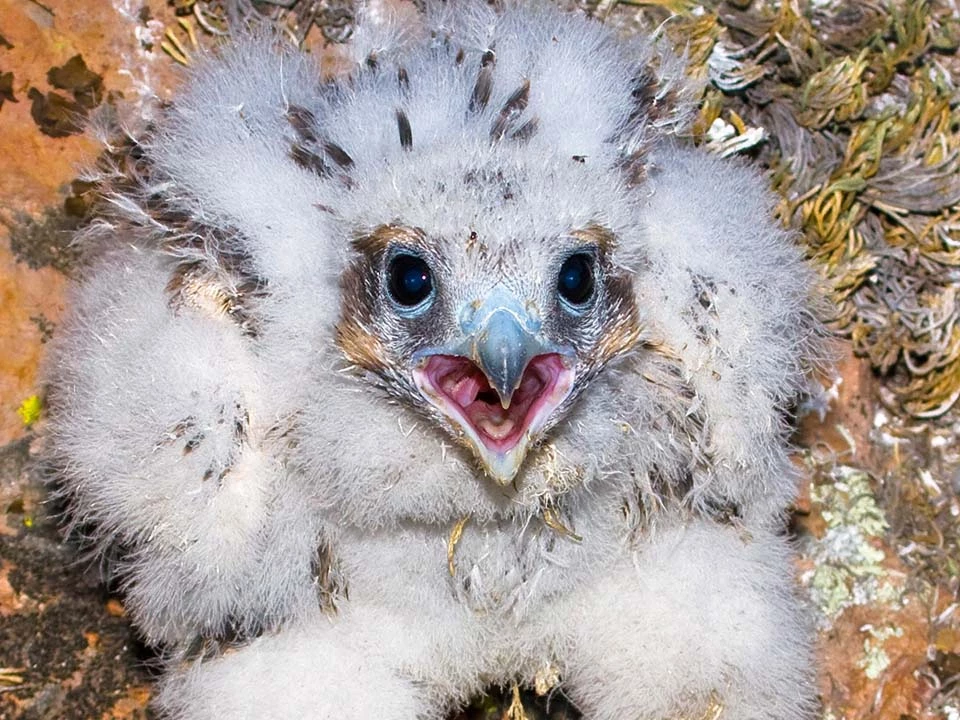Last updated: May 3, 2023
Article
Here's How Monitoring Helps San Francisco Bay Area Parks Understand the Effects of Climate Change

NPS / Jessica Weinberg McClosky
Global climate change may be altering ecosystems in the San Francisco Bay Area—changing fundamental processes such as temperature regimes and streamflow patterns. The San Francisco Bay Area Inventory & Monitoring Network (SFAN) conducts monitoring to track changes in park plant and animal communities over time. This work helps illuminate the effects of climate change on our parks. What we learn with each new year of data collection also offers parks insights about how to maintain diverse, resilient natural communities for generations to come.
Monitoring Freshwater Quantity and Quality
Freshwater systems, such as streams and ponds, in the San Francisco Bay Area Network support a variety of protected species such as coho salmon and the California red-legged frog. Climate change could degrade habitat for such species by altering both the amount and the chemistry of water in their habitats, and by changing drought patterns. Monitoring to detect changes in water quantity and quality occurs network-wide.
Aquatic Species Monitoring
Spawning stocks of coho salmon along the West Coast are at about 1% of historic levels. Unreliable ocean conditions for migrating smolts and changing rainfall patterns that affect stream habitat for juveniles are among the factors influencing coho’s survival and recovery. Salmonid monitoring provides data on coho at different life stages that enables cross-comparison with streamflow and water quality data for insights into climate change’s effects on stream communities. At Pinnacles National Park, red-legged frogs inhabiting ponds are also monitored.

NPS / Jessica Weinberg McClosky
Vegetation and Wetland Community Monitoring
Avian Community Monitoring
Because they respond quickly to changes in resource conditions, changes in landbird populations may indicate changes in the plant communities or the climatic conditions upon which they depend. The network’s landbird monitoring program investigates changes in the diversity and abundance of songbirds in riparian habitats. In addition, species-specific monitoring focuses on prairie and peregrine falcons and the endangered northern spotted owl, species that are each very sensitive to changes in their environment.

NPS / Gavin Emmons
Monitoring Marine Indicators
The network monitors a variety of marine indicators that are highly vulnerable to climate change via increases in water temperature, more frequent El Niño events, and habitat loss due to sea-level rise. These include invertebrate and algal diversity and abundance in the rocky intertidal zone, as well as productivity and abundance of harbor seals, elephant seals, and endangered western snowy plovers.
For More Information:
San Francisco Bay Area Inventory & Monitoring Network Program Manager
Links
San Francisco Bay Area Inventory & Monitoring Network
Pacific Coast Science & Learning Center
Download PDF from the NPS Data Store
